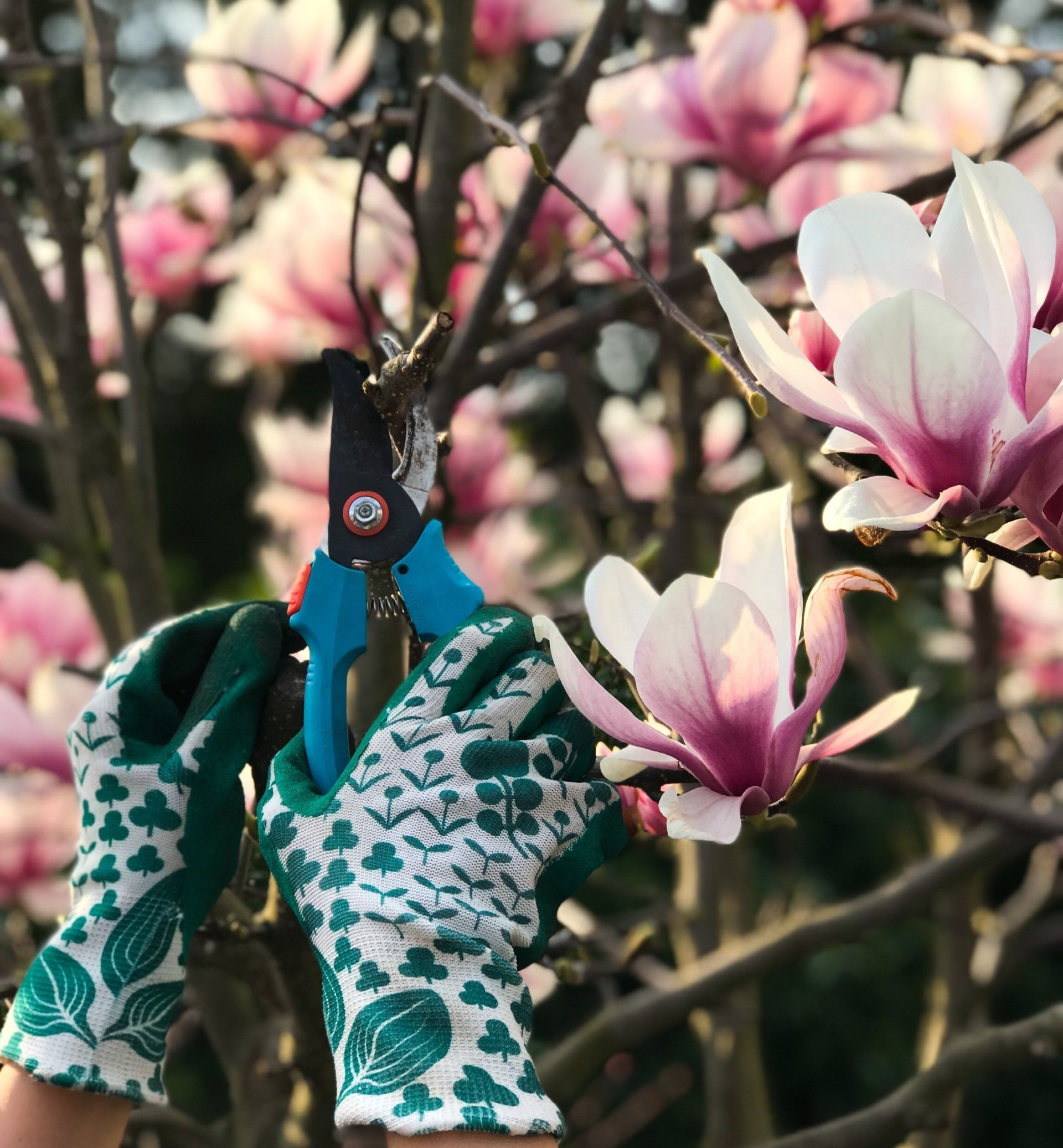Basics of Tree Pruning
Although there is a lot of confusion about crown reduction and tree topping they are in fact different techniques with different results and our skilled arborists can advise you on the best option for your trees, your yard, and your home.
All of these techniques are about limiting tree growth to the dimensions you want because if left unchecked trees can often get a lot bigger than is truly desirable, or even safe, for your home or property.
If you think your trees risk getting too big for your land, or you're sure they're already endangering themselves, your building, or overhead power lines, then it's time to call us and discuss your options.
What is Tree Pruning?
Tree pruning is a common horticultural practice wherein you selectively remove branches and tissue from a tree that are structurally unsound, unwanted, rotten, dead, or dying to ensure the plant continues to grow healthy and safe. The smaller the cut, the easier it is for the plant to isolate and close those parts to prevent further decay and infection. Any pruning cuts meant to help shape your tree ideally should be done when a plant is still young.
Normally, in a forest, a tree would have natural elements that assist it to prune itself. However, lawn trees require more attention as they are vulnerable to pests and disease. A tree can also grow in such ways that can interfere with its overall growth, such as when branches cross over one another. Tree pruning also involves removing elements like these to allow your tree to flourish.
Advantages of Regular Tree Pruning
Pruning your tree is not just about shaping your tree so that it is pleasing to look at. It is also insurance that allows your tree to be the healthiest it can be. Depending on the kind of tree you have, pruning also helps promote your tree to yield more flowers and fruits.
Here is a list of some of the advantages of having your tree pruned regularly:
- Removal of any dead, diseased, broken, and damaged branches
- It promotes healthy growth or suppresses any unwanted growths
- It deters any pests and animal infestation from invading your home
- Keeps your property safe from branches falling off the tree
- Removing dead branches allows your tree to grow new and healthy ones
- Pruning your tree allows you to shape your tree the way you want it so no bothersome branches hang over your home or the next property over
- Your tree will have a good foundation to live a long and healthy life
- It enhances the aesthetic of your tree and yard
Does Pruning Hurt Trees?
Initially, it may seem cruel but pruning your tree does more good than harm. What does hurt your tree is when the right pruning techniques are not applied causing more damage than you had originally intended. If done incorrectly, too much pruning can actually attract more pests, cause the tree to become even more diseased, or even cause the tree to die.
How much tree material should be removed comes down to what kind of tree you have, its size, age, and what you’re trying to achieve. A general rule when it comes to pruning your tree is to remove no more than a quarter of the plant. Younger trees are able to tolerate more removal than older trees
Knowing when to prune is just as important as knowing the proper pruning procedures to not harm the tree and stunt its growth. If you’re not too familiar with how to prune a tree, calling your local
tree service
can assist you with the expert technical knowledge and experience needed to do the job right.
Things to Avoid When Pruning Your Tree
It’s easier than you think to ruin and damage a tree beyond repair. To avoid doing any significant damage to your tree, here are some things to keep in mind:
- Pruning your tree during the wrong season can cause the tree to recover much more slowly than you would like and can cause a lot of stress on the plant.
- Use the right tools for the job or you might just cause unwanted permanent damage to your tree.
- Avoid making the wrong pruning cuts as it can cause your tree irreversible damage. Flush cuts remove the branch collar and cause a large wound that won’t heal. Stub cuts cause decay which could reach into the trunk from there being too much leftover dead branch.


